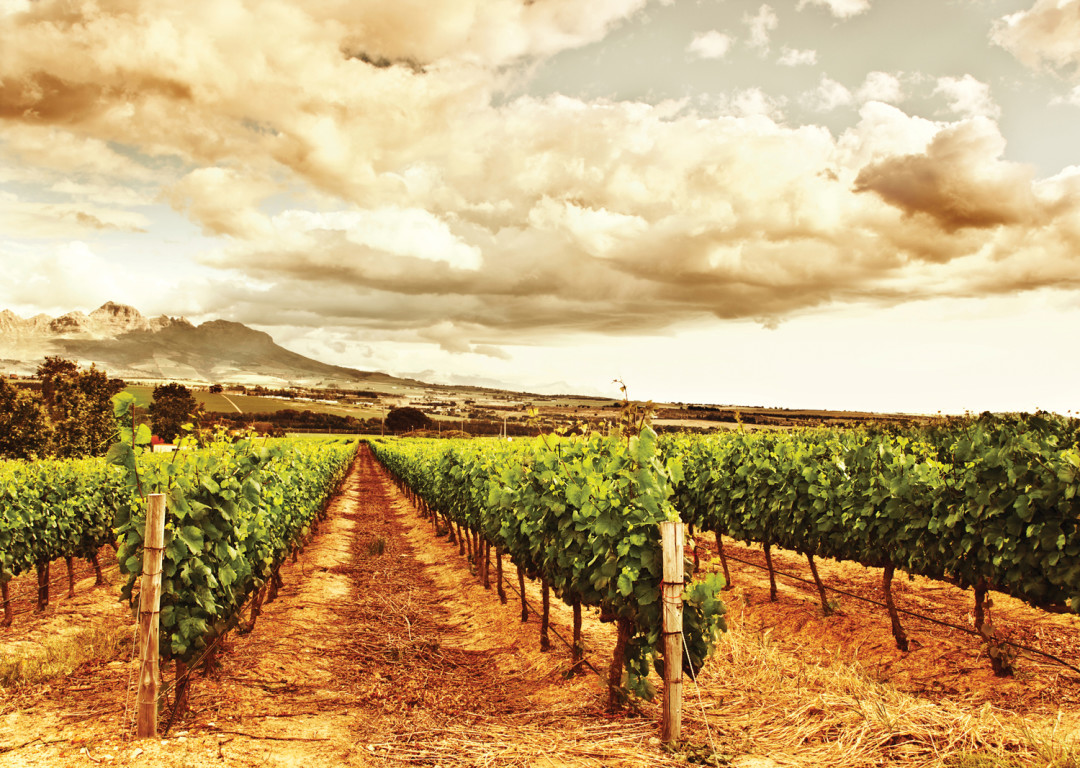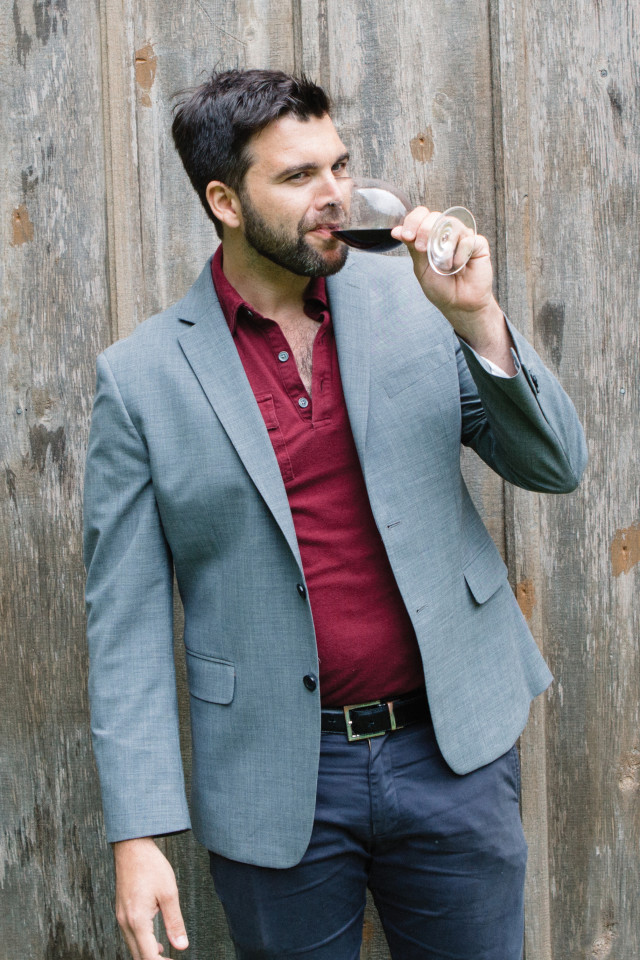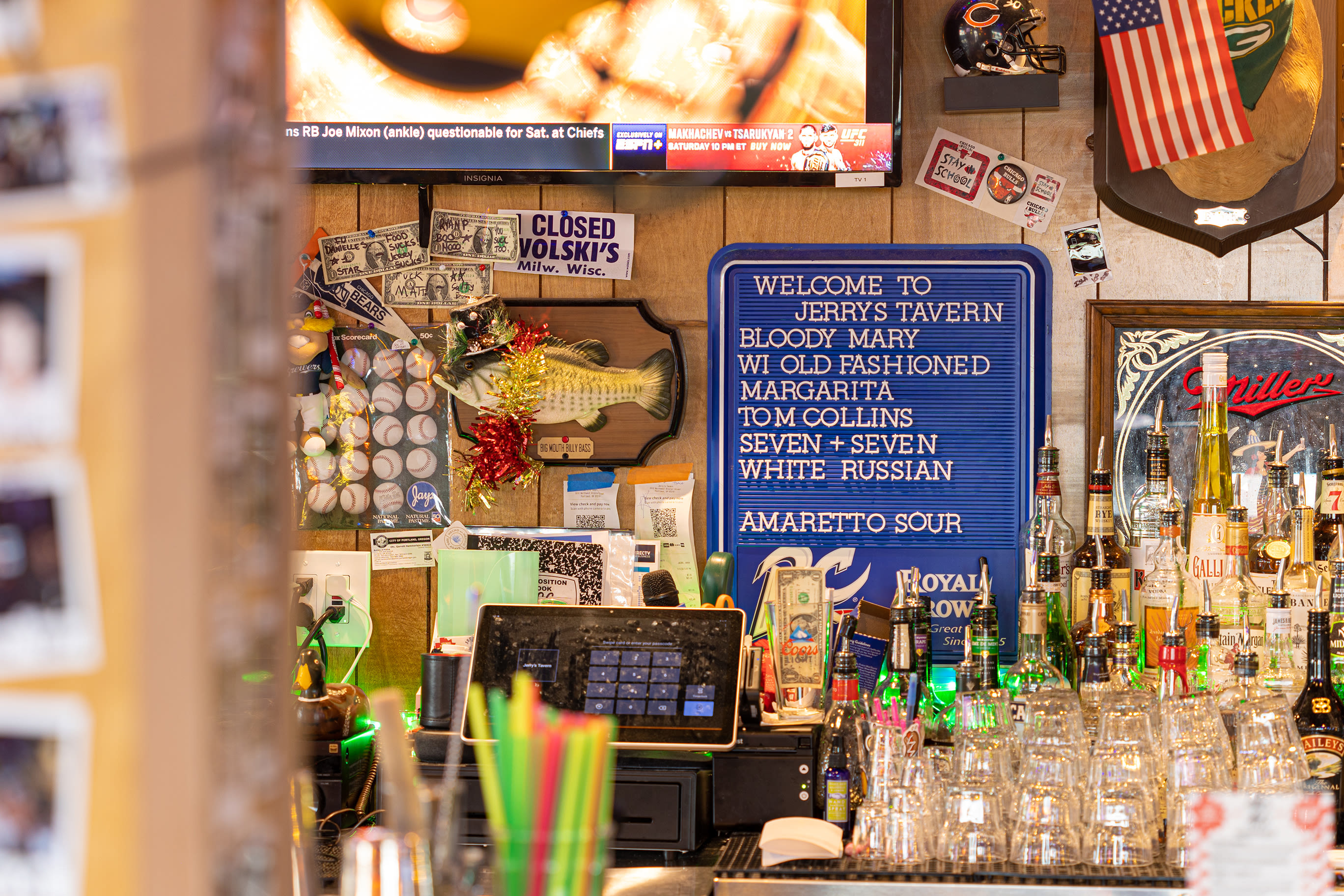The PSU Professor Who Says Wine's Whole 'Terroir' Thing Might Not Be a Thing

Image: Anna Omelchenko

Image: Joe Bohling
When did the concept of terroir come to be? In Renaissance French, it meant “land” or “territory.” It had no connotations of any alchemic process of culture and science being mixed together to produce some distinctive wine based on the land. It wasn’t until the 1930s that people began to think of it how we think of it today.
So how did it turn into our terroir? It’s a story of the 20th century. Around midcentury, there were a few very dynamic, forward-looking French wine producers becoming very concerned about the future of the industry. New World production was taking off—particularly in California—and the French realized that they weren’t always able to compete. So they developed these strategies of essentially branding the land: this idea of terroir. We think of France as antiglobalization, but this is very much the product of global markets.
What was the alternative? The other model, which predominated in California, was based on varietals. That was a model the Californians really took advantage of—it was the only way they could get ahead of the French. How do you compete with Burgundy? Well, you say, “‘Burgundy’ doesn’t really matter, let’s focus on ‘Cabernet Sauvignon.’” So much easier for the consumer. Californians said, “We’re going to mass-produce wine that’s consistent, relatively cheap.” That industrial model was very much the dominant system before the appellation system started to take off.
What did the French industrial model look like? Algeria, of all places, was, up until 1962, an integral part of France. It was the world’s largest exporter of wine. All of that export went to metropolitan France. Without the decolonization of Algeria, the appellation system probably wouldn’t have had much of a chance. Most consumers preferred mass-produced wine: it’s cheaper, you don’t have to guess about what it’s going to taste like. It took a lot of hard political work for people to go, “Hmm, I actually like the taste of terroir.”
How did terroir finally take hold? French producers struck all these interesting alliances. One in particular was with public health activists, who were massively concerned about France’s rate of alcoholism. Construction workers were drinking upwards of three liters of industrial wine a day. These appellation producers said, “Look, our product costs a lot, it’s going to drive down consumption. Our product is healthier.”
And it was beneficial to these small wine producers? Yeah, the idea of terroir is hard to sell if you’re just “making the vine piss,” as the French say. High-yielding vines don’t cater well to the idea of terroir. It’s supposed to be about small production and craftsmanship. And that way they can command a higher price.
Has Oregon benefited from the switch to a terroir-based wine economy? It’s a billion-dollar industry. And we’ve taken on this idea of terroir, even more so than California. No one’s going to drink a wine from Arizona. There is a wine industry there, but there’s not an association of that place producing it. If you’re gonna get Kansas or anyone in the Midwest to make a bunch of wine, people aren’t going to buy it. You need to have a long-standing reputation for excellence. The interesting thing about terroir is that it’s local but also global.




